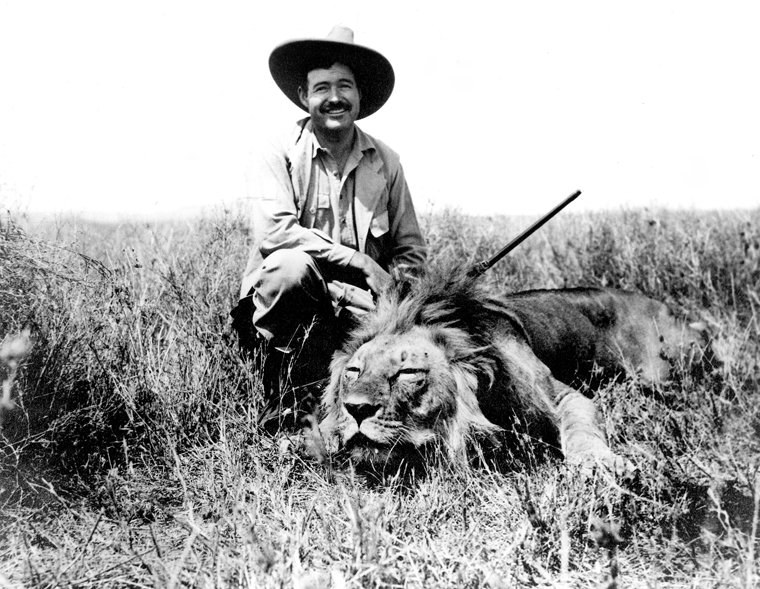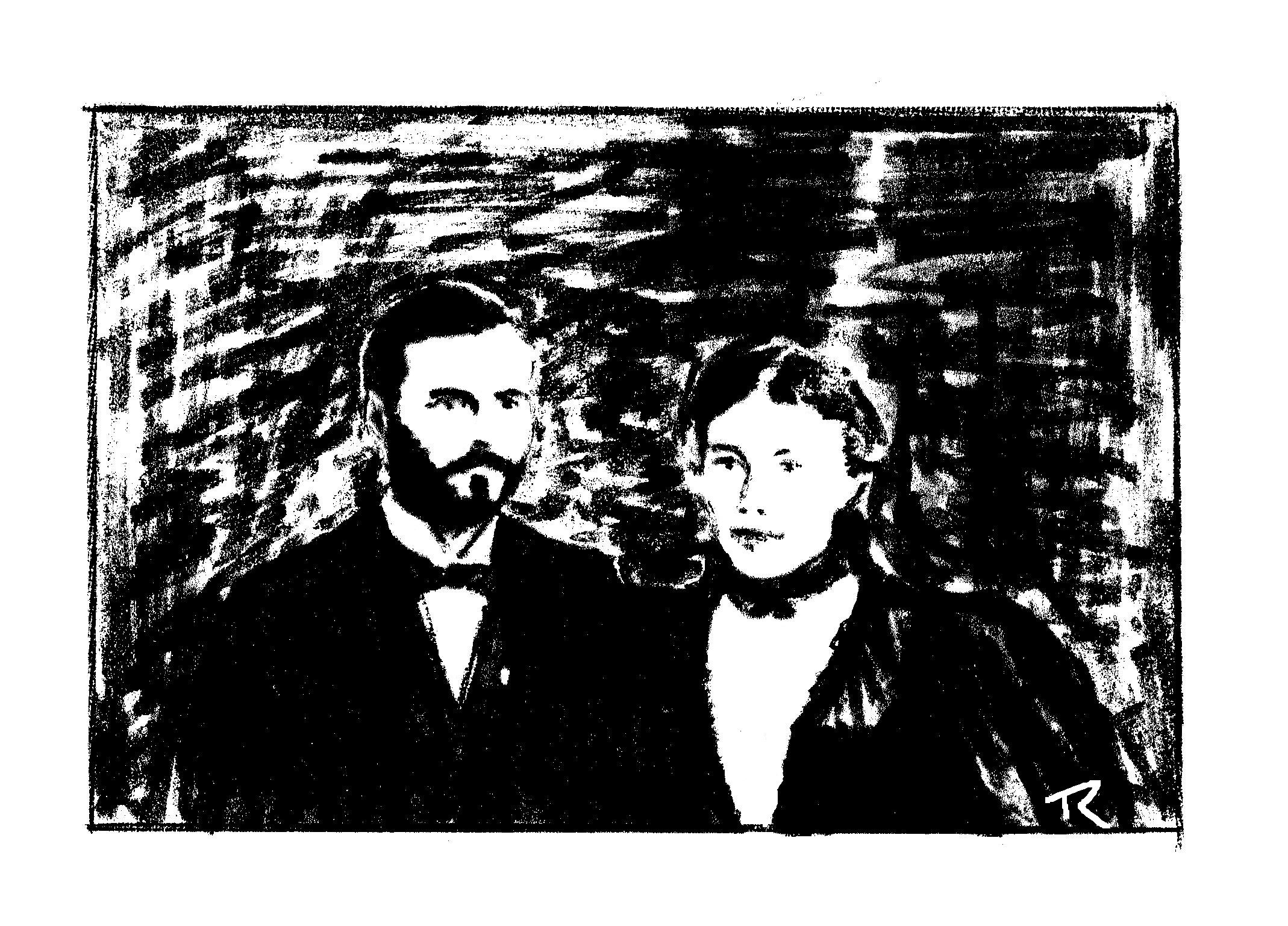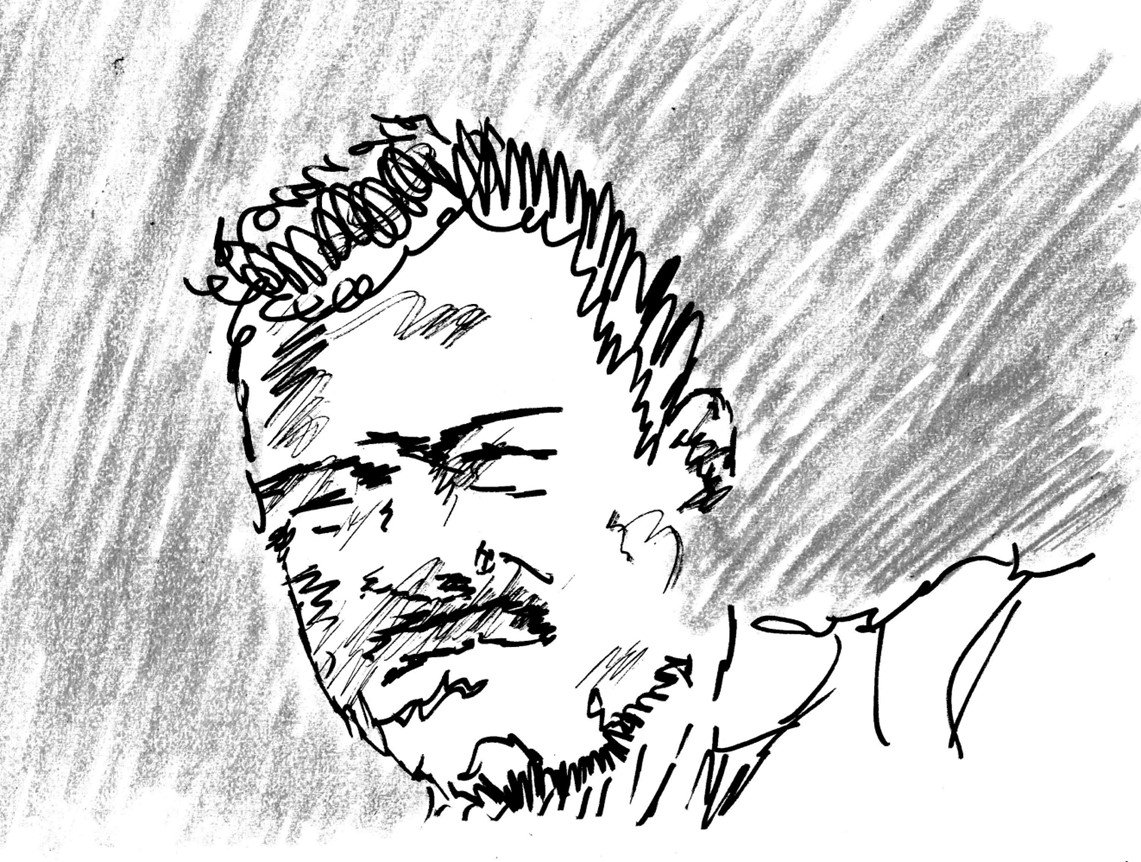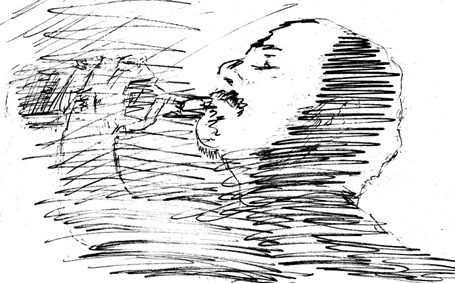
Wrestling with Demons:
In Search of the Real Ernest Hemingway
About
Ernest M. Hemingway
Hemingway with double-barreled shotgun, circa spring 1954.
Hemingway committed suicide in 1961 after spending several months in the Mayo Clinic’s psychiatric ward.
The lies about his war experience haunted the great writer his entire adult life. Living with these lies would have weighed heavily on any man and is one of the main reasons “that his inner landscape was a nightmare and he spent his nights wrestling with the gods,” as fellow writer Norman Mailer wrote after Hemingway's suicide.
After more than sixty years since his death, how does one explain his continued immense fame and legacy? It wasn’t only his writing; his legendary status includes his larger-than-life story. Many biographers contend that the trauma from his war experience was the most influential factor driving him to literary superstardom. This book says no: such a “wound theory” is too simple. Other factors haunted him; this book refers to these factors as demons.
The poem, written for Hemingway’s first high school “crush,” Annette DeVoe, is in Ernest’s original handwriting, It’s in a glass casing, causing the light reflection. Photo taken at the Oak Park Public Library by Curtis L. DeBerg on July 31, 2019.
Hemingway posing with one of his biggest trophies, on safari in East Africa in 1933.
Hemingway's Demons
The book identifies five separate “demons” which Hemingway suffered from, and DeBerg analyses each in turn in the context of its significance to his life and works. While many of these aspects of Hemingway’s life have been considered and evaluated by other writers and scholars DeBerg uniquely devotes his whole book to them, drawing several uncanny and informative parallels with his own life experiences
Parents: Ed & Grace
The first demon was his relationship with each of his parents. The quest for their approval haunted him. For a young Ernest his father’s strict, taciturn manner and his mother’s flamboyant, narcissistic behaviors were a constant source of angst and concern.
Wives: Hadley, Pauline, Martha, & Mary
Hemingway was deeply remorseful for how he treated his wives, especially Hadley. She enthusiastically encouraged him to write, bolstering his confidence and assuring him that his writing was new and powerful. It was Hadley who originally came up with the iceberg theory to describe Hemingway’s writing style. Hemingway was haunted by their divorce, and he looked back with great remorse for his infidelity with Pauline Pfeiffer and his mistreatment of Hadley.
Pauline—wife number two—also ensured that continued to write in his groundbreaking style. She carefully edited his work between 1926 and 1938, when he was most prolific. But Pauline’s wealth always bothered him; he needed her family’s money to maintain their comfortable lifestyle, but he resented his dependence on her.
Martha Gellhorn was an accomplished and successful writer in her own right, and Ernest struggled with her fame and success. She prompted her husband to begin writing again when he was happily resting on his laurels after the publication of For Whom the Bell Tolls in 1940. But Hemingway resented the competition with Martha, especially in their roles as war correspondents.
As for his last wife, Mary Walsh, she and Ernest constantly bickered. Their relationship was one of constant tension, but it endured until his death. Mary, too, like his other wives, read his work and offered helpful comments and encouragement. From 1946 until his death in 1961, she played a role in his writing. A significant example of Mary’s contribution to Hemingway’s writing was his acceptance of her plea that Hemingway refrain from killing off Santiago at the end of The Old Man and the Sea.
Pain: Injuries & Illnesses
A third demon is the physical pain and injuries that dogged Hemingway throughout his adult life. The most influential injuries on Hemingway’s life and works were his mortar wounds in WWI, when he was still a teenager. Most biographers have it right in one respect—Ernest Hemingway’s war experience in 1918 was a large factor influencing his future career as a writer. These writers surmise that the head concussion, leg wounds, and associated emotional trauma from an exploding shrapnel bomb supplied the impetus for so many of his future novels and short stories. Many scholars opine that he suffered from post-traumatic stress disorder (PTSD). This book, based in part on previously unpublished new research, offers a countervailing theory of to the so-called “wound theory”, and argues instead that the more lasting impact of the war wounds was Hemingway’s fear that the truth about how the wounds were suffered would become public.
DeBerg has identified six major head injuries suffered by Hemingway during his life, at least five of which resulted in head concussions. One such injury was the Paris skylight that fell on his head one night in March 1928. Another was the result of the second of two plane accidents on successive days in Uganda in 1954.
Added to all the physical injuries were the effects of depression (his “black-ass moods”) and alcoholism. Hemingway’s life was indeed constantly full of pain.
Anguish: Depression, Alcoholism & More
A fourth demon is anguish, a result of a combination of Hemingway’s depression, alcoholism, paranoia, homesickness for Cuba, and electroconvulsive shock treatments at the Mayo Clinic. His problems were magnified because of his inherited personality trait known as hypomania, defined “as a mood state or energy level that is elevated above normal, but not so extreme as to cause impairment—the most important characteristic distinguishing it from mania.” Hemingway’s keen powers of observation, disciplined work ethic, and competitiveness were a largely beneficial part of his hypomanic personality, but there were many ways in which Hemingway’s mental and emotional state was made more fragile by his hypomania.
Rivalry: Lt. Edward M. McKey & Fedele Temperini
The fifth demon identified in the book addresses Hemingway’s unquenchable thirst to defeat those he saw as rivals. Even dead men were subject to Hemingway’s competitive gaze. Many historians focus on his rivalry with other writers. But this book contends that there were two non-writers who Hemingway saw as rivals of his in World War II and its aftermath: Red Cross canteen worker, Edward M. McKey, and Italian infantryman, Fedele Temperini. Hemingway admired heroes, and he once said that in order to be a hero, a man had to sacrifice his life. McKey and Temperini, both killed in Italy in 1918, qualified under this definition. There is evidence to suggest that Hemingway was jealous of McKey’s “good fortune” to be the first real hero of the Piave; also, he was remorseful for causing “others” to die in war—he may well have been referring to Temperini. DeBerg reveals new research which bolsters our understanding of Hemingway’s complicated reactions to the deaths of both men.







